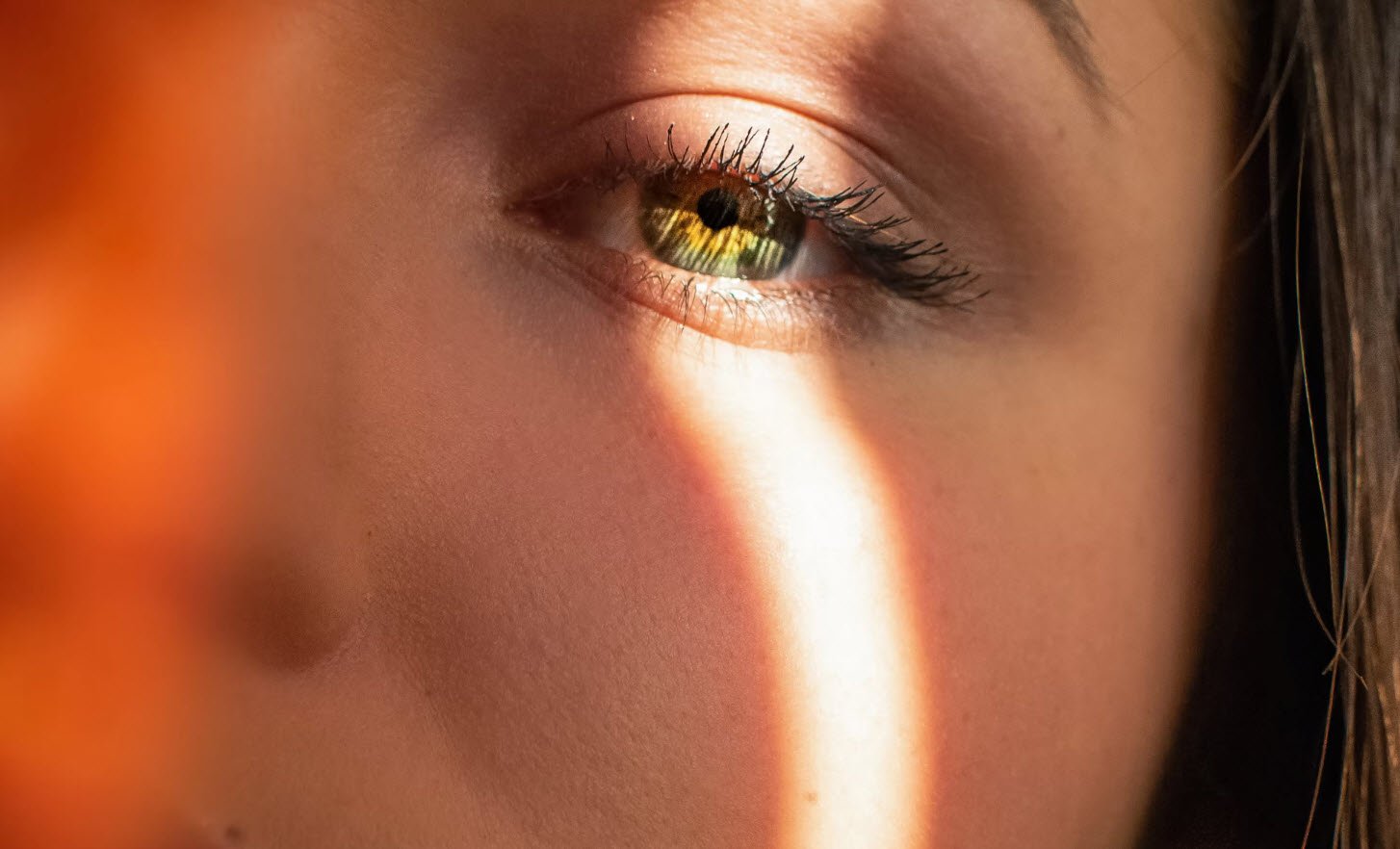
Stretch marks, scientifically known as stria, are a common skin concern that can affect both men and women. These lines on the skin often appear when the skin is stretched significantly over a short period, commonly observed during pregnancy, adolescence, weight fluctuations, and intense physical training.
While stretch marks may be a natural result of certain life changes, there are steps you can take to minimize their appearance and, in some cases, prevent them altogether.
Understanding Stretch Marks
Stretch marks typically start as raised red lines on the skin, varying in color depending on the individual’s skin tone. They may appear pink, reddish-brown, or dark brown. Over time, they often fade into pale, less noticeable lines, resembling scars.
Stretch marks commonly emerge on body areas with increased fat storage, such as the abdomen, breasts, thighs, and buttocks.
Contrary to a common misconception, stretch marks are not exclusive to women. While pregnancy is a significant factor, men can also experience stretch marks due to various reasons, including rapid muscle growth or weight changes.
Causes of Stretch Marks
1. Pregnancy: Around 90 percent of pregnant women develop stretch marks, typically appearing during the sixth or seventh month of pregnancy.
2. Development in Adolescence: Boys may experience stretch marks on their shoulders, while girls often get them on their hips, thighs, and breasts during periods of rapid growth.
3. Athletes: Intensive training and muscle development among athletes, especially those focused on becoming bigger and stronger, can lead to the formation of stretch marks.
4. Weight Fluctuations: Rapid weight gain or weight loss can contribute to the development of stretch marks, making them a common concern for individuals undergoing significant changes in body weight.

Managing Stretch Marks
While there is no definitive cure for stretch marks, various treatments and preventive measures can help manage their appearance:
1. Moisturizers and Creams: Products containing alpha hydroxyl acid (AHAs) may aid in reducing the visibility of stretch marks. While not proven to prevent them, these creams can contribute to improving the skin’s appearance.
2. Laser Surgery: Laser treatments do not eliminate stretch marks, but they can make them less noticeable by promoting collagen production and skin rejuvenation.
3. Surgery: A more extreme and expensive option involves surgical removal of stretch marks below the belly button.
Preventing Stretch Marks
Preventing stretch marks involves adopting healthy habits:
1. Maintain a Healthy Weight: Avoid rapid weight fluctuations, as both weight gain and weight loss can contribute to stretch marks.
2. Regular Skin Massage: Daily skin massage with moisturizer can improve blood circulation, encouraging the growth of new tissue and potentially reducing the appearance of stretch marks.
3. Balanced Diet: Consume a well-balanced diet rich in nutrients that support healthy skin. For pregnant women, focus on obtaining additional calories from a balanced diet rather than overeating.
In conclusion, while stretch marks may be a common occurrence, especially during life changes like pregnancy or adolescence, proactive steps can be taken to manage and minimize their impact. Embracing a healthy lifestyle, skincare routine, and considering available treatments can contribute to healthier-looking skin.








